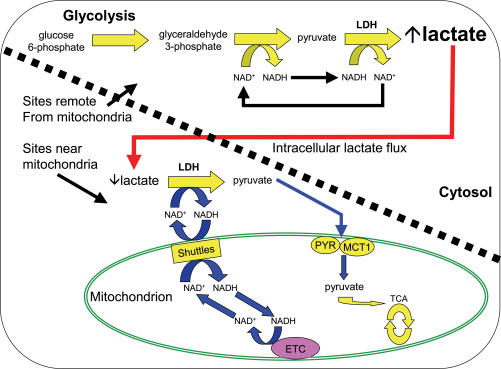Figure 2. Illustration of a simpler intracellular (intramuscular) lactate shuttle hypothesis originally proposed by Stainsby & Brooks (1990).
Note that the space above and to the right of the diagonal dashed line denotes sites that are remote from mitochondria and/or compartmentalized while the space down and to the left of the line denotes sites near mitochondria. La− is in large, bold lettering in the sites remote from mitochondria indicating that (a) [La−] should be highest here, and (b) [La−] is much greater than pyruvate concentration, especially during exercise. In this model, La− would be the predominant species diffusing from sites of glycolytic formation to low [La−] areas just outside mitochondrial membranes where La− would be converted back to pyruvate with delivery of NADH to the malate–aspartate (and glycerol phosphate) NAD+/NADH shuttles. This model does not require intramitochondrial LDH. MCT1 is shown because pyruvate might enter mitochondria via this transporter in addition to the traditional pyruvate carrier (PYR). LDH: lactate dehydrogenase; MCT1: monocarboxylate transporter 1; PYR: the mitochondrial pyruvate transporter; ETC: electron transport chain; Shuttles: the malate–aspartate NAD+/NADH shuttle and the glycerol phosphate shuttle, which is not shown for purposes of clarity. Redrawn with permission from Gladden (1996) from Handbook of Physiology, section 12, Exercise: Regulation and Integration of Multiple Systems, edited by Loring B. Rowell & John T. Shepherd, copyright 1996 by The American Physiological Society. Used by permission of Oxford University Press, Inc.

